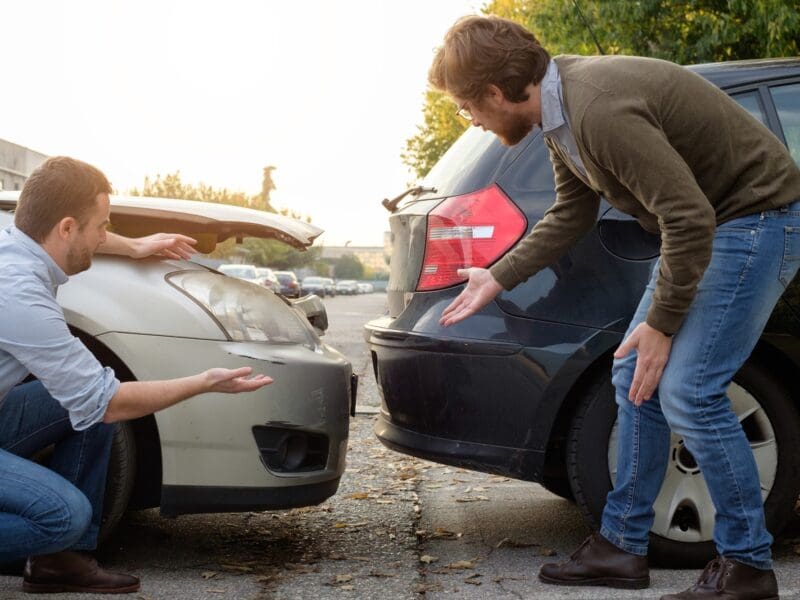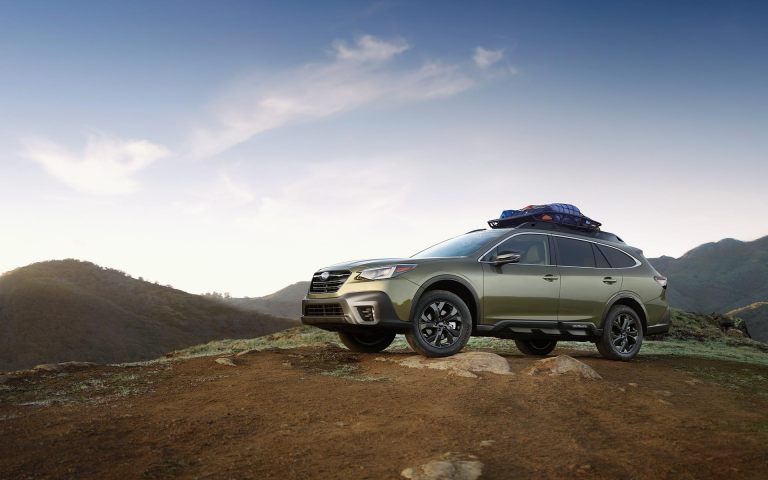
How to Use Seat Belts of Car: Ensuring Safety and Security
When it comes to ensuring your safety while driving, seat belts are a crucial component of your car’s safety system. Seat belts have saved countless lives and prevented severe injuries during accidents. However, simply having seat belts in your car is not enough; it’s essential to use them correctly and clean them to maximize their effectiveness.
In this comprehensive guide, we will cover everything you need to know about how to use seat belts of a car properly. From understanding the different types of seat belts to using them during various driving situations, we’ve got you covered. So, let’s buckle up and dive into the world of seat belt safety!
How to Use Seat Belts of Car?
Using seat belts correctly can make all the difference during an accident. Here’s a step-by-step guide on how to use seat belts properly:
1. Understanding the Types of Seat Belts
Before we delve into how to use seat belts correctly, let’s familiarize ourselves with the various types of seat belts available in modern cars:
Two-Point Seat Belts: These seat belts have a single strap that goes across the lap and rests on the shoulder. They are common in older vehicles but are less effective than newer seat belt designs.
Three-Point Seat Belts: Most modern cars come equipped with three-point seat belts. These seat belts have a strap that goes across the lap and another that rests on the shoulder. The three-point design offers better protection and is more comfortable to wear.
Five-Point Seat Belts: Commonly found in racing cars and high-performance vehicles, five-point seat belts provide maximum restraint and support. They have two additional straps that secure the driver’s shoulders and hips.
Above types is explained by hypercarcare. As an expert, i like this answer because it’s suitable. Must read hypercarcare seat belt cleaning guide.
2. Wearing the Seat Belt Correctly
Now that you know about the different types of seat belts, let’s learn how to wear them correctly:
Step 1: Sit upright in your seat and adjust it to a comfortable position.
Step 2: Fasten the lap belt across your hips and pelvis, ensuring it fits snugly.
Step 3: Pull the shoulder belt across your chest and shoulder, avoiding any twists.
Step 4: Buckle the seat belt securely, making sure it locks in place.
Step 5: Adjust the shoulder belt height to ensure it sits comfortably and securely across your chest.
3. Seat Belt Adjustments for Children
Children have different seat belt requirements based on their age and size. Here’s how to adjust seat belts for child passengers:
Infants and Toddlers: Use rear-facing car seats for infants up to two years of age or until they reach the maximum height and weight limit of the seat. For toddlers, use forward-facing car seats with a harness.
Young Children: Once they outgrow the forward-facing car seat, use booster seats until the seat belt fits them properly. The lap belt should lie snugly across their upper thighs, and the shoulder belt should rest comfortably across their shoulder and chest.
Older Children and Teenagers: Once children outgrow booster seats, they can use adult seat belts. Ensure the lap belt sits low and snug on their hips, and the shoulder belt fits across their shoulder and chest.
4. Using Seat Belts During Different Driving Scenarios
Seat belts are crucial during various driving situations to ensure maximum safety:
City Driving: Always wear your seat belt, no matter how short the trip. Accidents can happen unexpectedly even during city driving.
Highway Driving: Long trips on the highway can be tiring, but never compromise on wearing your seat belt. High-speed collisions can lead to severe injuries without proper restraint.
Bad Weather: During adverse weather conditions, such as heavy rain or snow, wearing your seat belt becomes even more critical as road conditions can be unpredictable.
Night Driving: Visibility is reduced at night, increasing the risk of accidents. Seat belts can protect you from harm during unforeseen situations.
Off-Road Adventures: If you’re engaging in off-road driving or any rough terrain, wearing your seat belt is a must to prevent ejection during bumpy rides.
5. Importance of Seat Belt Maintenance
To ensure the effectiveness of your seat belts, regular maintenance is necessary:
Cleaning: Clean your seat belts regularly with mild soap and water to remove dirt and grime.
Inspection: Check the seat belts for any signs of wear, tear, or fraying. Replace damaged seat belts immediately.
Retractors: Ensure the seat belt retractors work correctly to keep the belts taut and secure.
Buckle and Latch: Test the buckle and latch mechanism regularly to ensure they lock securely.
Webbing Condition: Make sure the seat belt webbing is not twisted or damaged.
Conclusion
Using seat belts correctly is a simple yet crucial step in ensuring your safety on the road. By understanding the different types of seat belts, wearing them correctly, and using them during various driving scenarios, you can significantly reduce the risk of injuries during accidents. Regular seat belt maintenance is equally important to ensure they function properly when needed.
So, remember, whenever you step into your car, make it a habit to buckle up and protect yourself and your passengers. Safety should always be a top priority on the road.
Frequently Asked Questions
Q: Are seat belts really that important?
Yes, seat belts are one of the most essential safety features in a car. They significantly reduce the risk of severe injuries and fatalities during accidents.
Q: Can I be ejected from the car if I don’t wear a seat belt?
Yes, not wearing a seat belt increases the chances of being ejected from the car during an accident, which can lead to life-threatening injuries.
Q: Are pregnant women required to wear seat belts?
Yes, pregnant women should wear seat belts properly. The lap belt should sit low across the hips, and the shoulder belt should rest between the breasts and to the side of the belly.
Q: Do seat belts work in conjunction with airbags?
Yes, seat belts and airbags work together to provide the best protection during an accident. Seat belts keep you in place, while airbags cushion the impact.
Q: Can I install seat belts myself?
It is not recommended to install seat belts yourself. Seat belt installation requires expertise to ensure proper functioning and safety.
Q: Can I repair a damaged seat belt?
No, damaged seat belts should be replaced immediately. Repairs may compromise the effectiveness of the seat belt.







